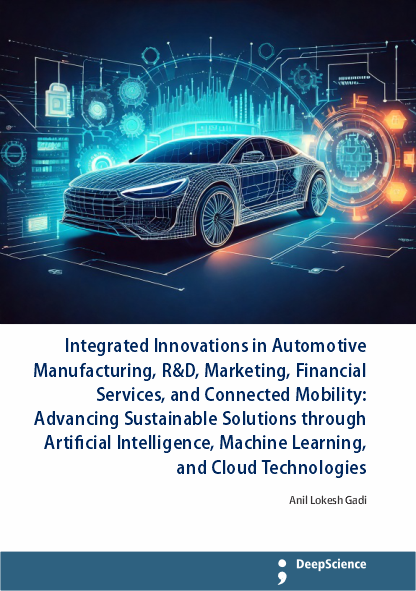The emergence of connected services and their impact on modern vehicle ecosystems
Synopsis
We are on the threshold of the biggest transformation in the automobile industry since Henry Ford started the mass production of the Model T. Within the next couple of years, self-driving cars able to drive around cities without any human intervention will become a reality in a few cities, including Atlanta and Phoenix. Connected cars coming with a factory-installed sim card to enable Internet connectivity and multiple apps such as Google Maps, streaming of music and video services, and traffic, air pollution, and weather information will permeate the car market. Similarly to how mobile devices exploded from the beginning of the smartphone era, more than 90% of new cars sold in 2025 in the U.S. will be connected. Although the self-driving car will be mostly safe from external dangers, it will still be a target for attackers who would want to put people’s lives at risk by taking control of the car or for purposes of extortion. Tailgating, how much distance to leave in different situations, or co-existing with pedestrians and cyclists are just some challenges that humans solve without thinking. Car manufacturers have to assure a high level of safety for such functions before deploying them in real-world conditions. Securing such functions is of utmost importance as multiple dented cars would cause the public trust in automated driving to vanish as fast as it erupted.
Despite years of advancement in driver assistance functions, the focus of safety-related standardization activities has been solely on the driver assisting functions and the interaction with the driver. As long as the car merely amplifies the capabilities of the driver and remains the final course of action, this is sufficient. However, non-conventional driving functions represent a paradigm shift in the control of the vehicle. The growing impact of consumer wearable health issues, e.g., drowsiness and seizure control, would also pose new issues. As driving guidelines and the driver assessment are currently not standardized, highly dependent on the manufacturer, and a strong ethical borderline exists, there is a big gap where standardization may address concerns. Standardization efforts cannot sufficiently address system safety to the same level of safety as road traffic scenarios. The task of safety assessment is twofold. First, the manufacturer needs to derive a safety case based on its knowledge and assessment. The manufacturer’s assessment, however, can only be evaluated through an independent third party and has to be documented. As a benchmark for a safety impact assessment, the basic building blocks, and potential test cases for the evaluation are derived.













